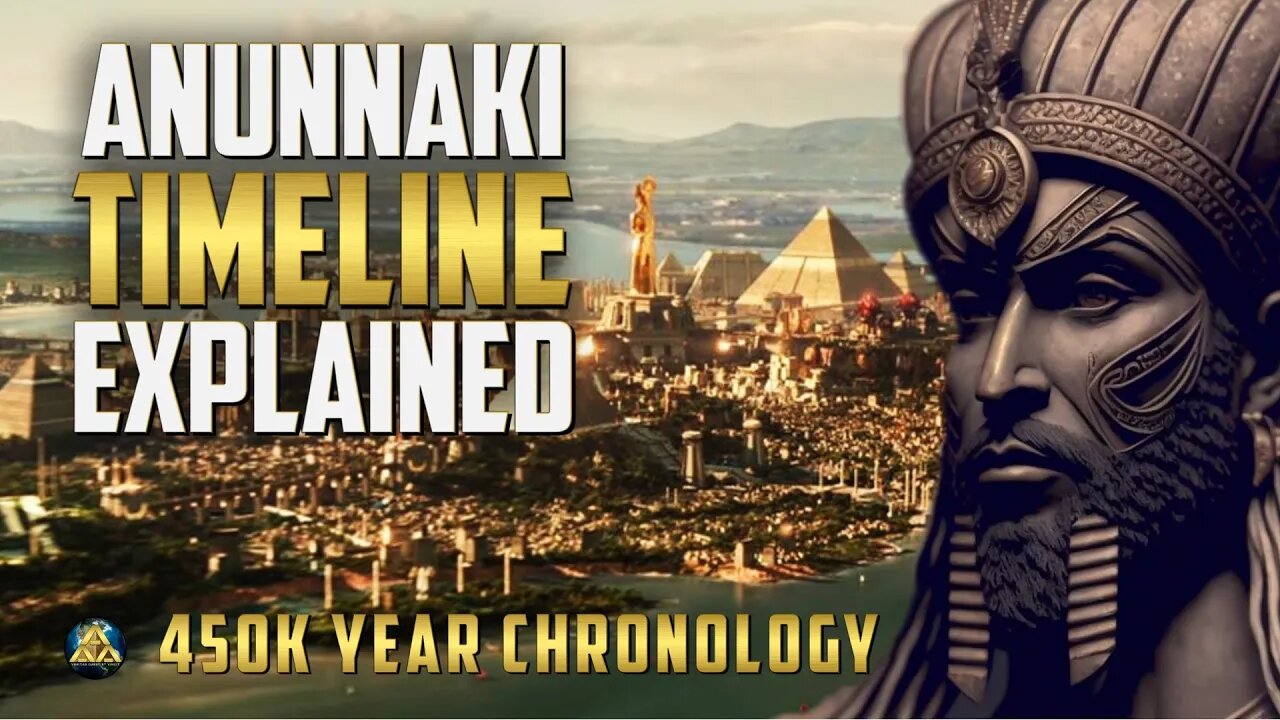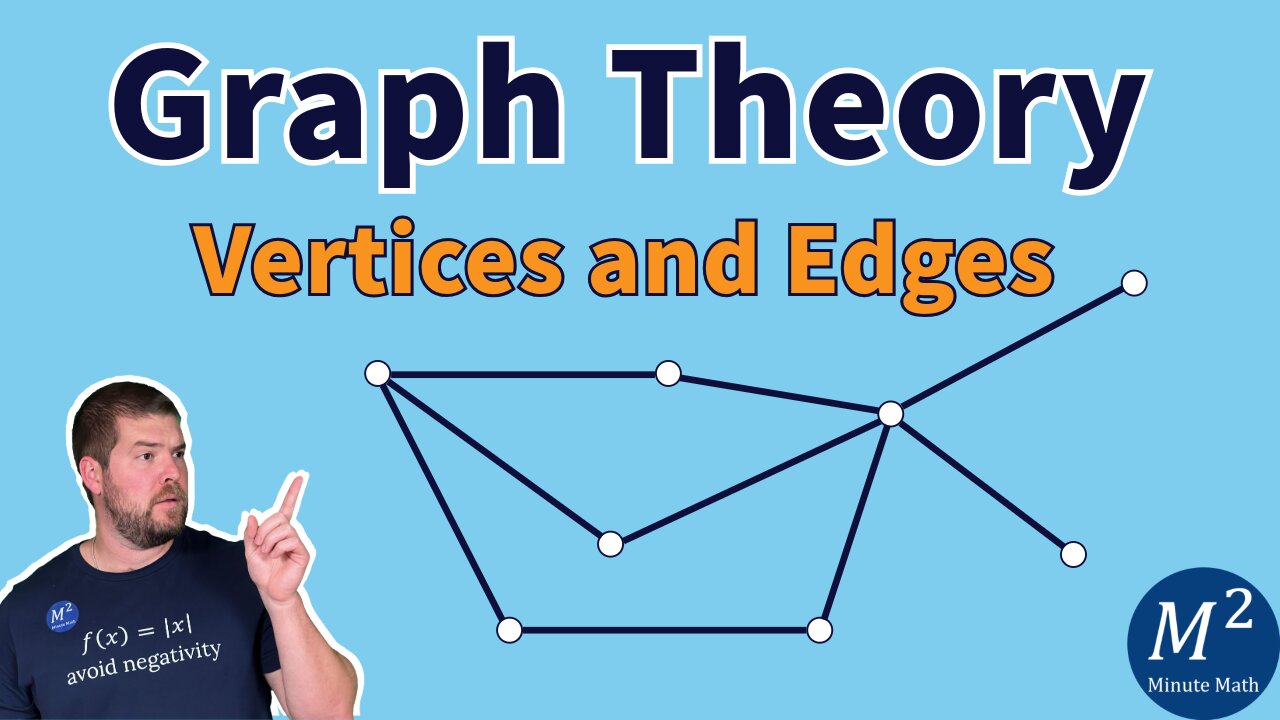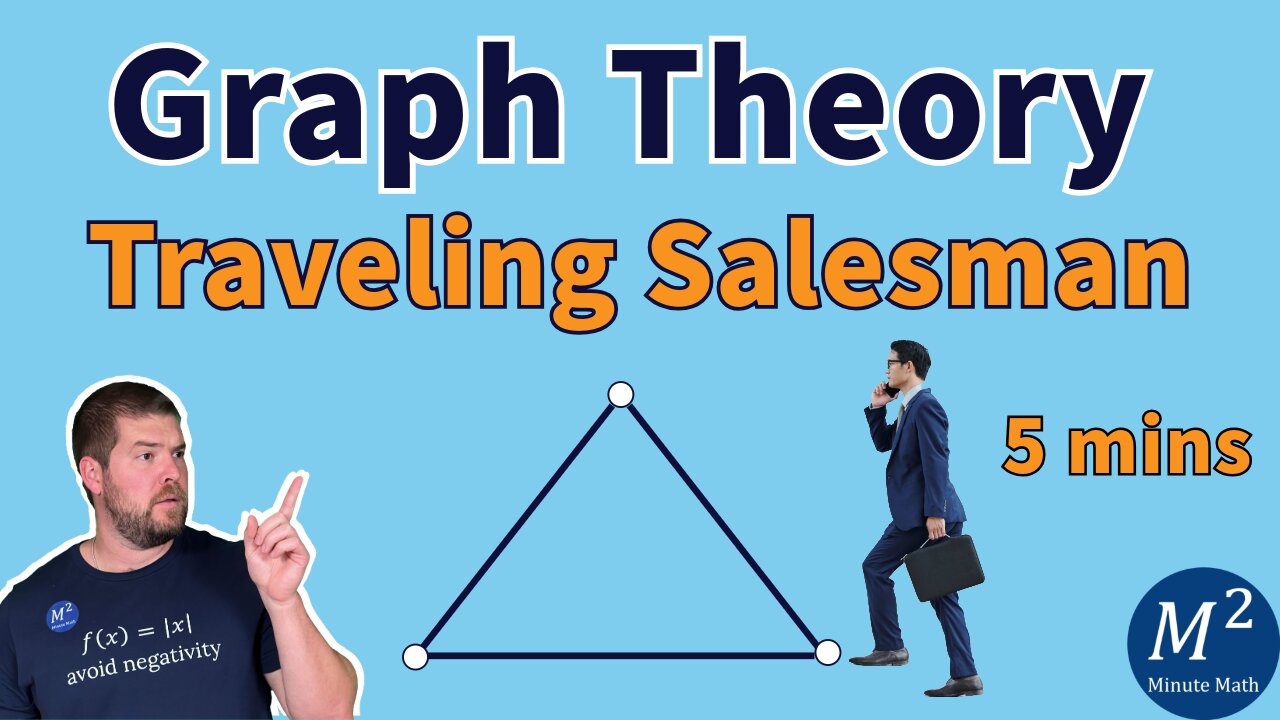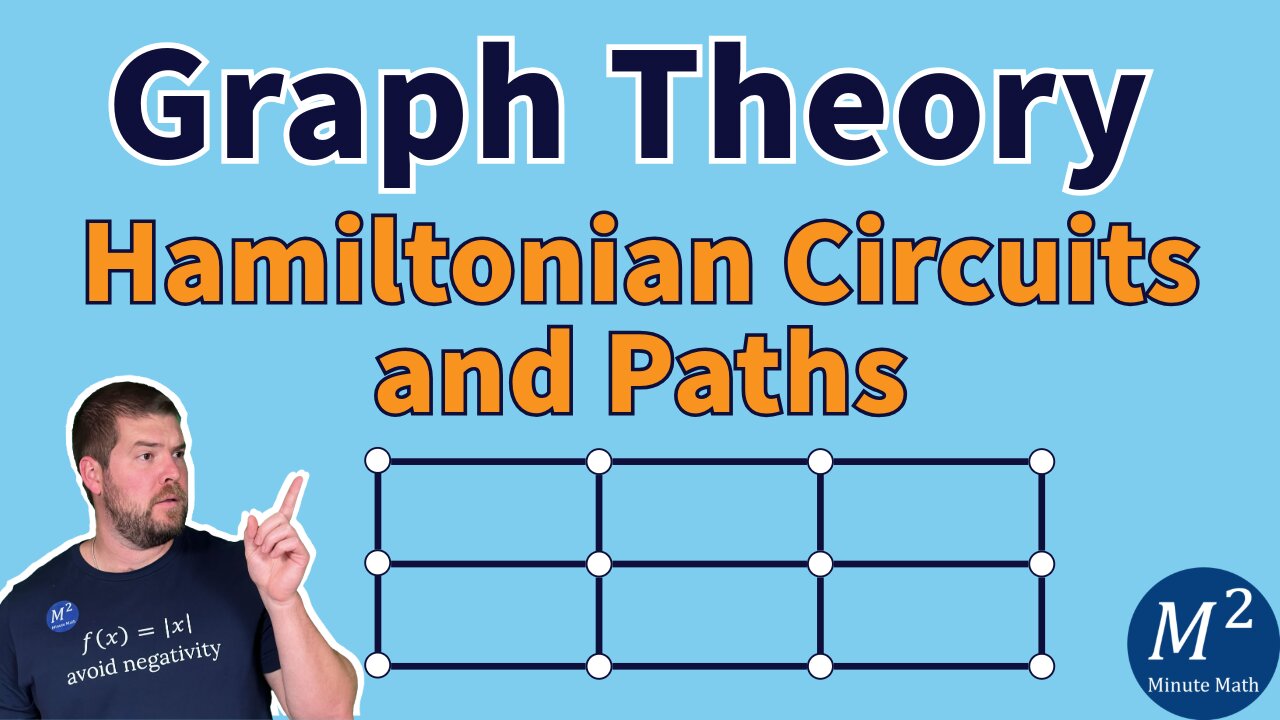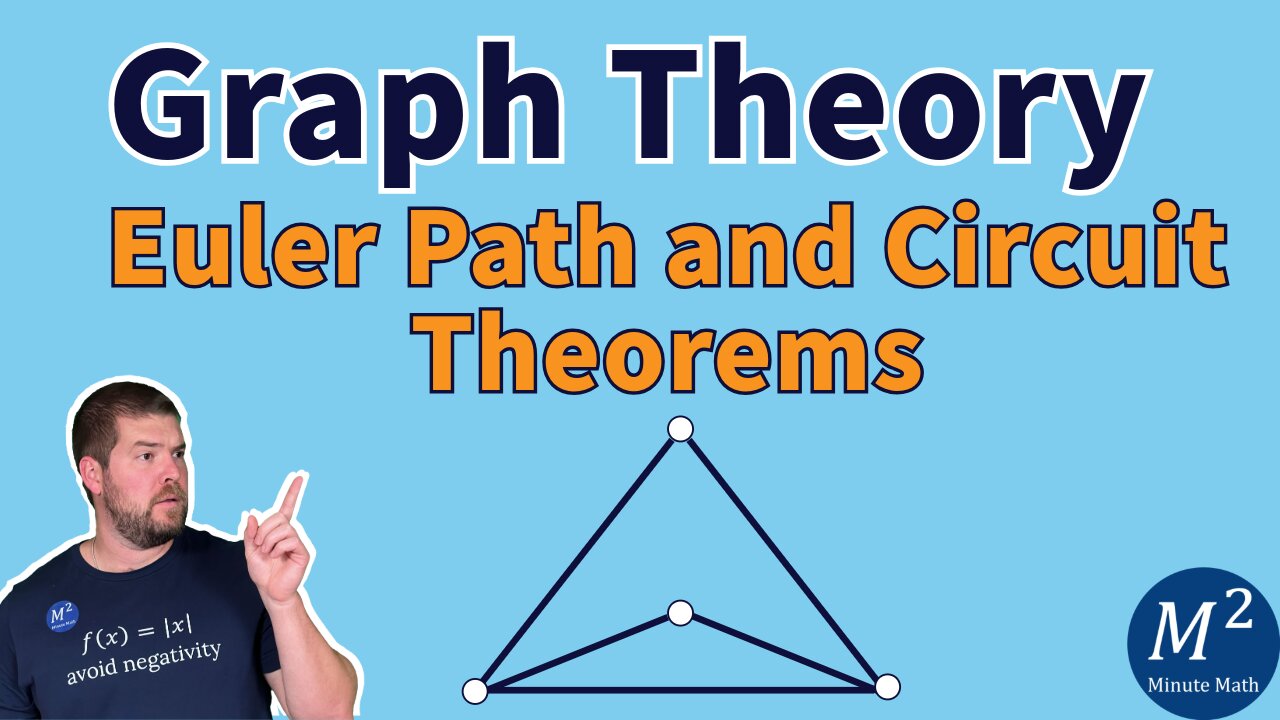"Western Values" Explained
General Relativity Explained simply & visually
Albert Einstein was ridiculed when he first published his theory. People thought it was too weird and radical to be real. Einstein wasn’t satisfied with his theory either, because the theory did not apply if Gravity was present or if the observer was accelerating. One day, while observing a window washer on a ladder near his patent office, he had a thought experiments.
He imagined what would happen if the worker were to fall. He put himself in the window washer’s perspective, and imagined what he would experience as he was falling. He realized that if he was falling, gravity would be the only force acting on him. He would be accelerating towards the ground, but since the ground would not be pushing up on his body, he would feel no weight. And this would be no different than being weightless in space.
In a way gravity and acceleration were different ways to describe the same thing. The way to connect gravity in the theory of relativity was through the idea of acceleration, and this became the basis of general relativity.
Einstein imagined being in a room with no windows, and a bathroom scale. It would weigh 80 Kgs, What if the room was on a space ship accelerating in an upward direction at 9.8 m/s/s. He would feel the same weight. There would be no difference
He imagined what would happen if he took a flashlight and pointed it from one side of the room to the other, as the space ship was accelerating upwards. If he had a ruler, he could measure the height of the light on the other side of the room. He realized that the height measured on the wall would be lower than the source of the light, because the floor of the room would be rushing upwards at ever faster speeds, as the light was propagating across the room. The light beam would appear to curve downward.
However, If you were on earth, and you measured the two heights, you may think that there should be no difference. That light should go straight to the other side of the room. Einstein thought it can’t be because it would violate the principle of equivalence. Acceleration of the room on a space should be no different than the room under the influence of gravity on earth. He realized that this meant light must bend in the presence of a gravitational field.
But light should be going on the shortest path. Then he realized, maybe the shortest path between two points is not a straight line but a curved line near gravity.
This was the key insight that Einstein had about gravity. But in order to express this mathematically, it required very complicated mathematics that even a genius like Einstein could not easily figure out. He contacted an old buddy from his college days, mathematician Marcel Grossman.
It’s important to note that the trampoline analogy you normally see on TV shows and youtube videos like this is a 2D plane used for visualization purposes only, but it is really in 3D.
In order for this theory to really be taken seriously, it had to make a prediction that could be tested, which was confirmed by the fact that it explained Mercury’s orbit which had been a mystery for decades because it had a precession. General relativity predicted exactly the precession that Mercury actually has.
But many skeptics still remained. The most fool proof confirmation came 4 years after he published it,when a team led English Astronomer, Arthur Eddington. in 1919, photographed stars near the sun during a total solar eclipse. He found that light passed near the sun was bent by the curvature of space due to its gravity. This is the moment Einstein became a celebrity.
#generalrelativity
#einstein
Why is this not just a distortion of space but also of time?...because special relativity says that light always moves at the same speed regardless of perspective or reference frame. This means that light will have the same speed in an accelerating reference frame as it will in a resting reference frame. But since the distance traveled by the beam of light in a gravitational field is longer due the curving of space, in order for the speed of light to remain constant, time itself must pass slower in the gravitational field relative to time in empty space.
General relativity does not answer everything. Although it tells us how gravity works, it doesn’t really tell us what exactly it is.


